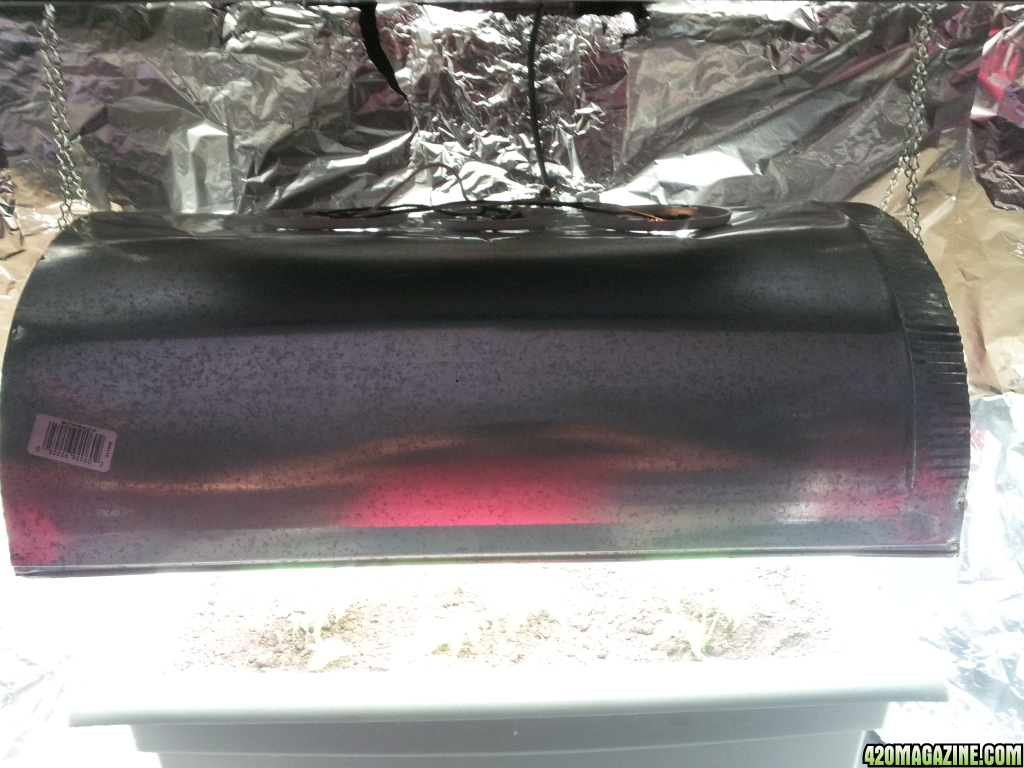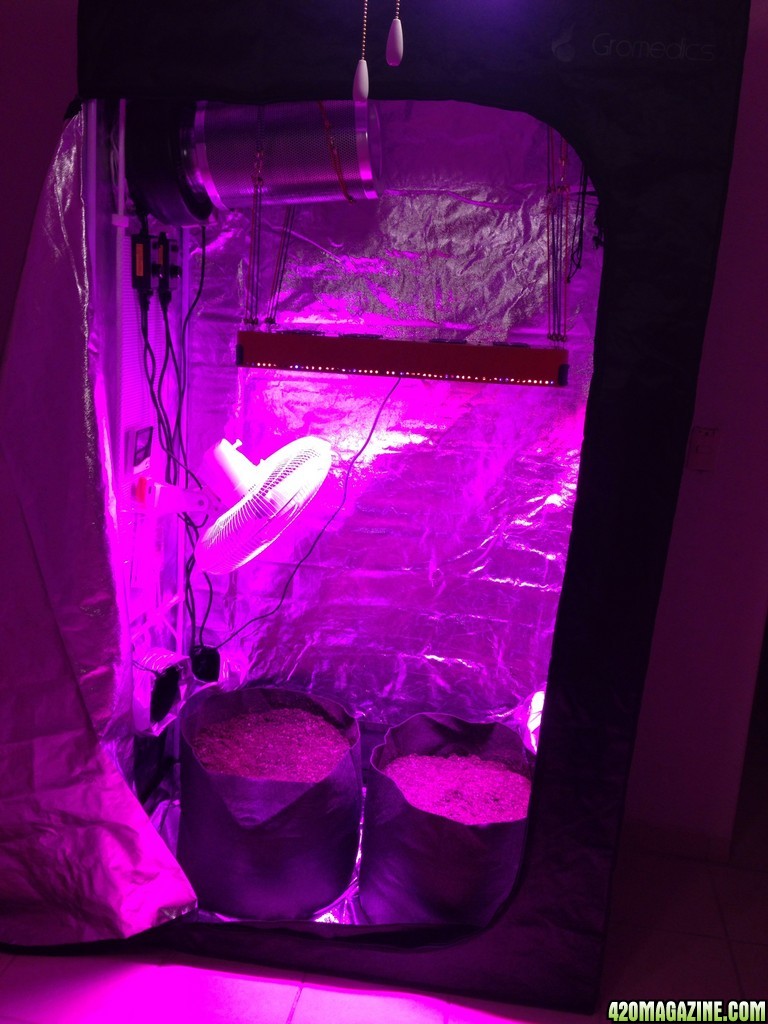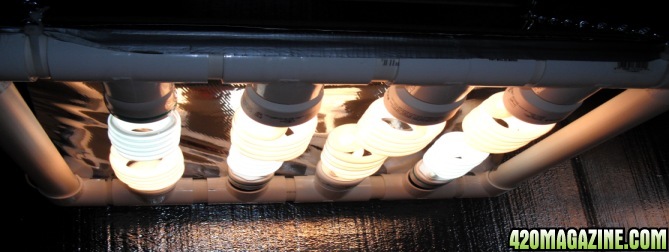- Thread starter
- #21
Gorhad
New Member
Thanks ColoradoHigh but its a PDF document?
Heres the link anyway
Specialty Applications
How can I evaluate the effect of different light sources on plant growth?
https://assets.sylvania.com/assets/documents/FAQ0017-0605.ed512ef3-36b1-47cb-b052-0f9ca74348ca.pdf
Heres the link anyway
Specialty Applications
How can I evaluate the effect of different light sources on plant growth?
https://assets.sylvania.com/assets/documents/FAQ0017-0605.ed512ef3-36b1-47cb-b052-0f9ca74348ca.pdf









